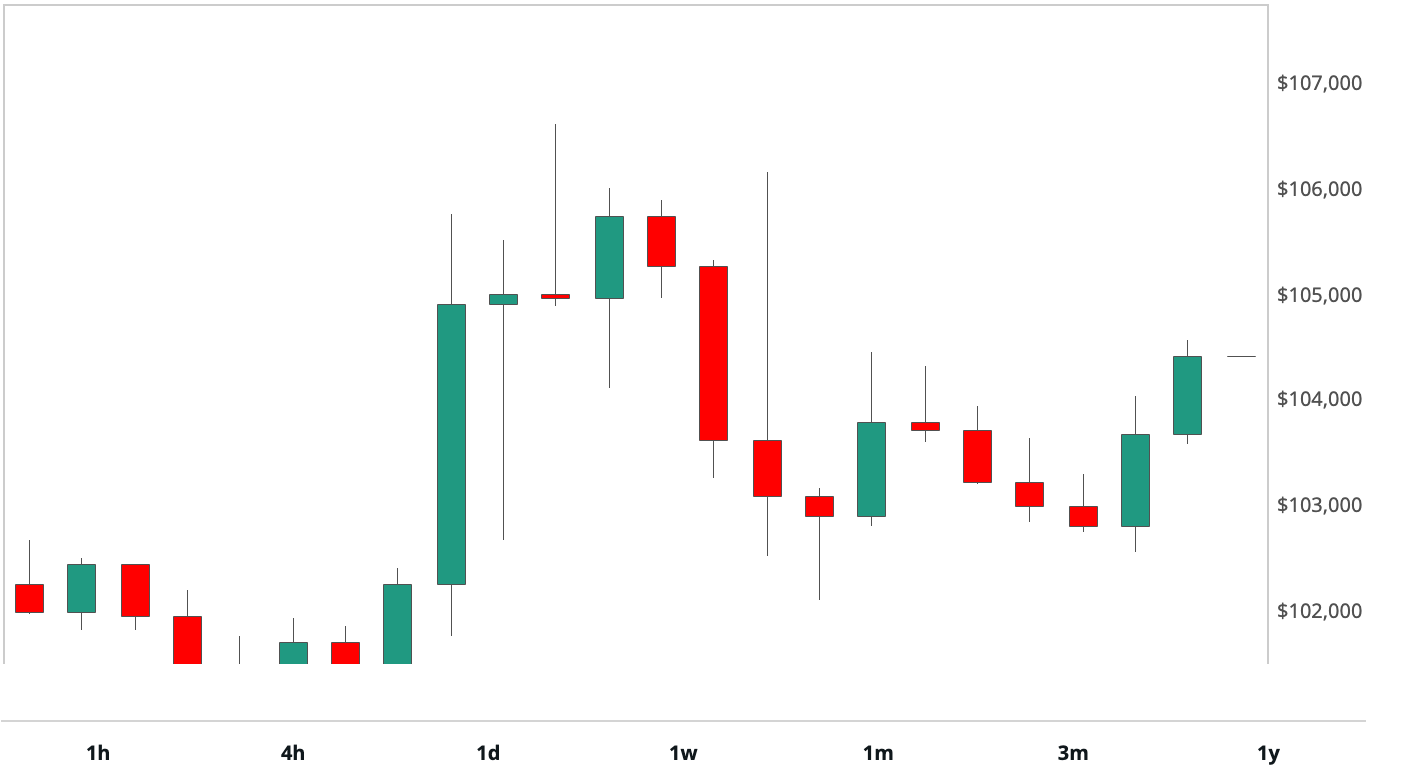ARTICLE AD
Hayes emphasizes that “points” combine ICO and yield farming best features to raise funds and drive user growth during the current bull market.
Arthur Hayes, the co-founder and former CEO of BitMEX, has touted points as an innovative way to drive user acquisition cost-effectively while raising funding for new crypto projects during this bull market. Hayes, a current Chief Investment Officer at Maelstrom – a crypto-focussed investment fund, believes that Points is the best approach to address flaws linked to yield farming and ICOs (Initial Coin Offerings).
Unpacking the points model and the rationale behind it in his newsletter, The Crypto Trader Digest, Hayes enlisted the parallels between funding in Web 2 and Web 3. He further dissected the rot in traditional finance and the challenges of previous crypto-funding models.
Points and What It Solves
According to Arthur Hayes, funding projects in Web 2.0 and Web 3.0 are different because gatekeepers control the former to the disadvantage of the retail market. He pointed to the example of the East India Company, EIC, which privatized profits but shared losses with the public.
Additionally, in Web 2.0, retail is only allowed into a firm’s success at a higher price during an Initial Public Offering (IPO). Besides, participating in the project ecosystem does not equate to ownership. For example, using Facebook or Instagram doesn’t make you a Meta shareholder.
In contrast, Web 3.0 rewards users by being token holders or owners of crypto projects. To counter traditional finance and Web 2.0, Web 3.0 resorted to new crypto funding methods like Initial Coin Offerings (ICOs) and yield farming.
ICOs are like IPOs, but retail is offered tokens instead of shares to fund the crypto project and drive usage. Ethereum was a big beneficiary of the model. However, “selling” tokens labeled “securities” to users to raise funds can land you in trouble with the US Securities and Exchange Commission (SEC). That’s what is happening to the SEC-Ripple case.
Yield farming allowed projects to offer governance tokens to traders that provided their tokens to borrowing and lending protocols. Uniswap and Compound are good examples. Although it rewards participation with tokens, price volatility could sometimes make traders’ portfolios worthless. Yield farming was a great user acquisition strategy but fizzled in the 2021 bull market.
That’s where a “points” approach comes in. Hayes emphasizes that “points” combine ICO and yield farming best features to raise funds and drive user growth during the current bull market.
In the model, users earn convertible points for action, which can be freely airdropped as tokens to their wallet. Projects can benefit from this because there’s no tight token emission schedule, and it can maximize usage to better long-term objectives. Besides, it offers retailers early and cheaper access to the project through the opaque point-to-token conversion schedule.
Success and Backlash on Crypto Points Programs
However, the points method has a couple of assumptions and can be flawed if trust between retailers and the project foundation breaks. The assumptions are that the project team only needs user growth because it’s lean and needs little capital because it’s built on a network like Ethereum.
Manta and Mantle are successful crypto stories that leveraged the points program to improve user growth. Nevertheless, according to a Bloomberg report, the opaque nature of the point-to-token conversion elicited initial backlash.

 11 months ago
58
11 months ago
58 

